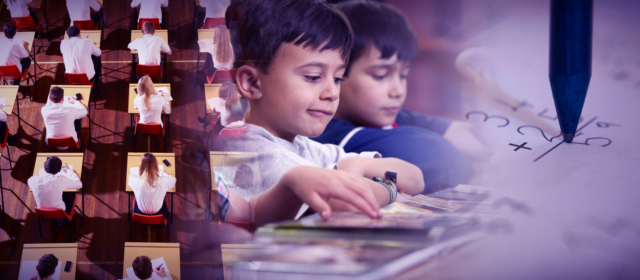When the influential Organization for Economic Cooperation and Development released its study in global education late last year, the results were startling. Finland and South Korea remain among the education superpowers with both in the top six for reading and math. The United States, however, has dropped to a surprising 31st in math, trailing such nations as Slovakia, Portugal, and Vietnam, while American high school students fell to 24th in science and 21st in reading. Sobering news for a country that spends 7.3 percent of its gross domestic product on education from pre-kindergarten through the university level. So what does it all mean? Why are some countries succeeding while others lag behind?
Eddie Ng Kah-Kim, Secretary for Education, joins Anand Naidoo from Hong Kong to begin the discussion.

For an in depth conversation on education reform, Anand Naidoo is joined by Professor Okhwa Lee from the Chungbuk National University and Kara Kerwin, President of the Center for Education Reform.

More than half of the world’s 57 million primary-school-age children who are out of school live in countries damaged by war and conflict and are denied the right to an education. In countries such as Syria, Pakistan, and the Democratic Republic of the Congo, tens of thousands of schools have been attacked or are occupied by armed forces. Conflicts, fighting, and displacement heighten the risk that children caught up in these crises will never go to school or will drop out. Alice Albright is the CEO of Global Partnership for Education, an organization dedicated to providing good quality education to children, prioritizing the poorest and most vulnerable, joins Anand Naidoo in Washington for a look at what can be done.

 CGTN America
CGTN America

